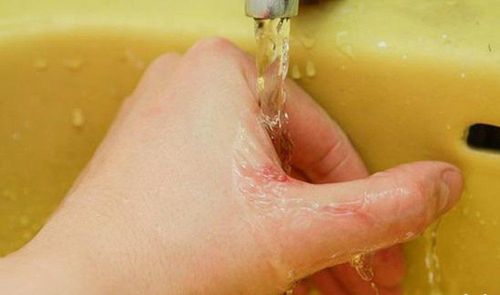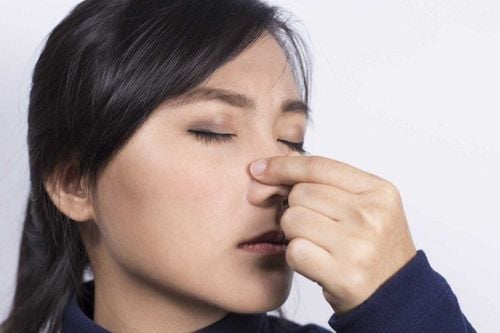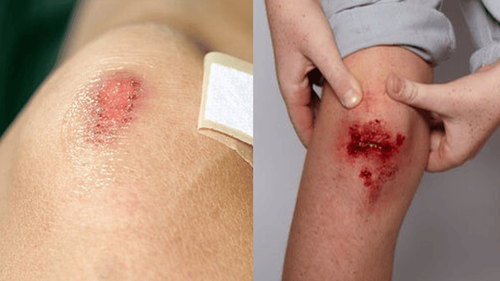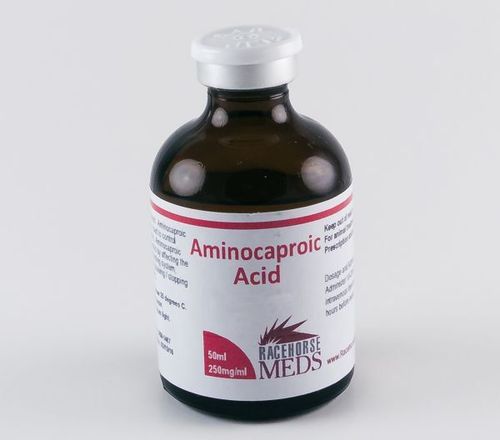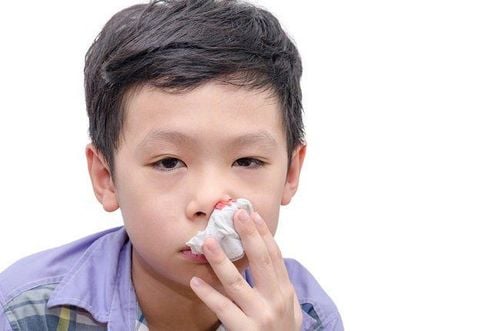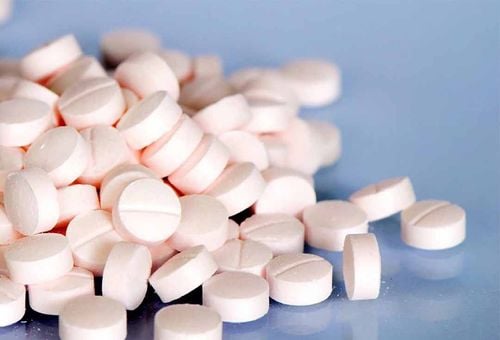This is an automatically translated article.
The article is professionally consulted by Master, Doctor Vu Huu Thang - Emergency Resuscitation Doctor - Emergency Resuscitation Department - Vinmec Ha Long International General Hospital. The doctor has nearly 10 years of experience in Emergency Resuscitation.In fact, there are many cases of bleeding wounds that are admitted to the emergency room in a state of uncontrolled blood loss. The reason is that most people lack knowledge or fear doing the wrong first aid steps for heavy bleeding wounds.
1. Why does the wound bleed?
Bleeding wounds are a condition that anyone can encounter due to many different reasons such as:Lack of care when living, for example when working in the kitchen or repairing the house; Working in a dangerous environment with many sharp objects; Traffic accidents that cause trauma, or fractures that puncture blood vessels; Using a weapon in a fight... For minor injuries and minor bleeding, such as scrapes from shaving or sewing needles, simple measures to stop bleeding with a bandage should still be taken. An ointment containing neosporin can also be applied to prevent infection and treat minor wounds. It is important to remember to wash hands and wounds before performing first aid. You can leave the scratch open to dry the bleeding part or cover with a bandage if the bleeding is more.
However, you should not be subjective with small bleeding wounds, because it is impossible to judge the severity through the amount of bleeding. Sometimes even a small cut can affect blood vessels, especially if the injury is in areas such as the head, face, and mouth.
According to doctors, bleeding is also beneficial because it will help clean the wound, but losing too much blood risks shock the body and entails many other serious consequences. Especially for major blood vessel injuries, if not given timely emergency and proper first aid for heavy bleeding wounds, the victim may die.
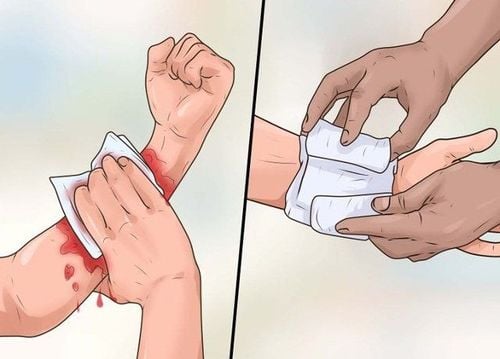
2. First aid for heavy bleeding wounds
It is easy to recognize open wounds, continuous and urgent external bleeding; However, there are still cases where the blood vessel wound has stopped bleeding, or hematoma under the skin or internal bleeding is also very dangerous. For serious bleeding wounds, it is necessary to reassure the injured person and take first aid steps for heavy bleeding wounds as follows:Step 1: Take off clothing or remove debris, dust at the wound site However, do not arbitrarily pull out large or sharp objects that are deeply embedded in the victim's body. Avoid exploratory examination of the wound or attempt to clean it up because stopping the bleeding is the most important thing to do first. As a rule, hands should be washed before administering first aid to a heavily bleeding wound, and if possible, wear disposable medical gloves during first aid to limit infection.
Step 2: Hemostatic pressure bandage Place a sterile bandage or clean cloth over the wound and wrap it several times until no more blood is seen in the dressing; Use the palm of your hand to press firmly on the bandage until the bleeding stops; Tie the wound tightly but do not bandage too tight to obstruct blood circulation, loosen the bandage if the skin of the extremities is cold and purple. However, do not apply direct pressure in the above way to wounds near the eyes or where sharp objects are penetrating deeply. Instead, use adhesive tape or continue to use your hands to press on the tape to fix it.
Note: Do not remove the gauze or remove the bandage. If the bleeding is too much and seeps out, place another bandage over the wound and continue to press firmly.
Step 3: Help the injured person lie down Find a way to lay the victim down on a mat or blanket to avoid loss of body heat, prevent preliminary shock by warming the victim; If the wound is bleeding on an arm or leg, raise the injured limb above the level of the heart to support continued blood flow to key organs in the body; Calmly reassure the injured person while still keeping pressure on both sides of the cut with your hands. Step 4: Bandage A tourniquet is very effective in cases where a limb has been crushed to the point of no longer being preserved, or to help control blood loss from a limb that is so great that it is life-threatening. Carrying out wrapping the tourniquet must strictly follow the trained technique, such as:
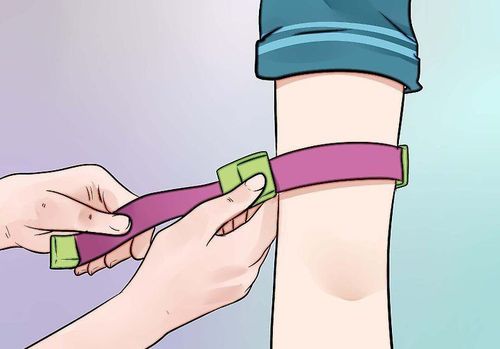
Step 5: Try to immobilize the injured body as much as possible. Fix the bandage firmly and get the injured person to the emergency hospital as soon as possible. Or call 911 immediately in case of severe uncontrolled blood loss and first aid for the wound.
A person with moderate blood loss will feel lightheaded, dizzy, or nauseous. In case of excessive blood loss, the victim will have cold and swollen skin, weak heart rate and loss of consciousness. At this point, it is likely that the victim has been in shock due to blood loss and needs to be monitored and taken additional first aid steps for the shocked person.
In general, performing first aid for heavy bleeding wounds properly plays a very important role because it can directly affect the victim's life. When encountering a person with a bleeding wound, it is necessary to quickly stop the bleeding to save the life of the victim by a number of ways such as placing a tourniquet, compression bandage and vascular compression. After the wound has been given first aid and carefully bandaged, continue to monitor to promptly handle other possible situations, such as purulent discharge from the wound, signaling an infection.
Please dial HOTLINE for more information or register for an appointment HERE. Download MyVinmec app to make appointments faster and to manage your bookings easily.
Reference source: mayoclinic.org; Portal of the Ministry of Health




